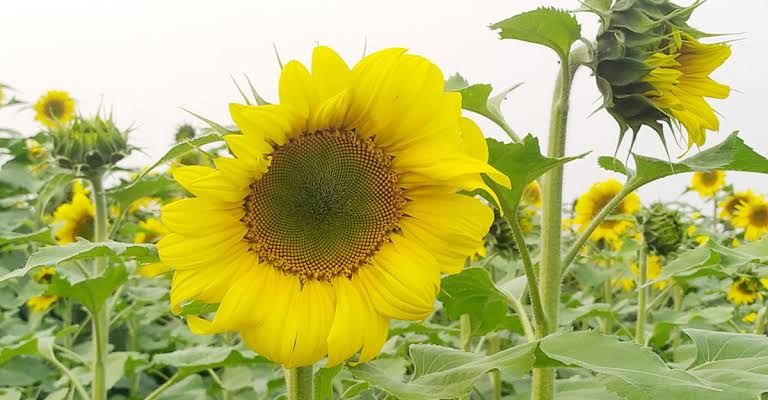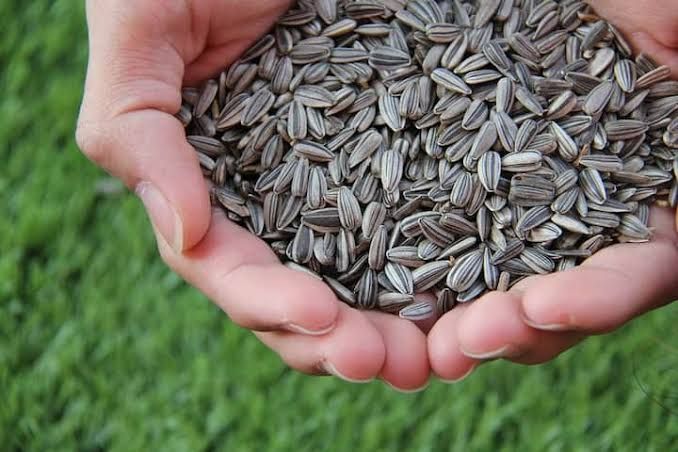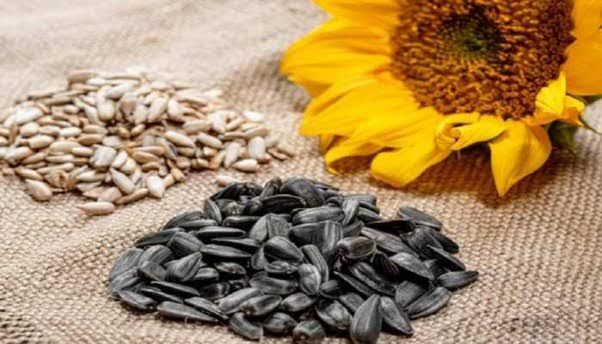Bismillahir Rahmanir Raheem.
Assalamu Alaikum Wa Rahmatullahi Wa Barakatuhu.
Dear fellow friends, I hope you are all well, I am also well and healthy by the grace of Allah through your prayers. Welcome and congratulations to all of you in today's post.

Sunflowers, known for their vibrant appearance and resilience, are a popular crop cultivated globally. The scientific name of the sunflower is Helianthus annuus, and it is prized not only for its beauty but also for its numerous practical uses. This guide explores the cultivation methods of sunflowers, the profitability of sunflower farming, and the various uses of this versatile plant.
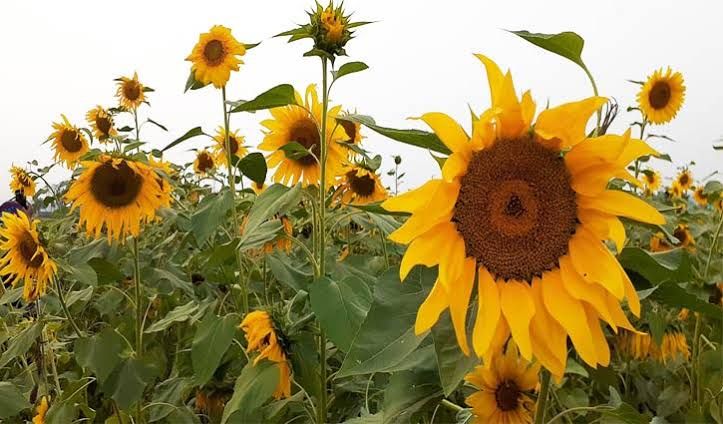
source
Cultivation of Sunflowers
Climate and Soil Requirements
Sunflowers thrive in warm climates and require plenty of sunlight, typically 6-8 hours of direct sunlight per day. They are well-suited to a wide range of soil types but prefer well-drained, loamy soil with a pH between 6.0 and 7.5. Sunflowers are drought-tolerant once established but perform best with consistent moisture.Planting
Sunflowers can be planted directly into the soil after the last frost has passed. The seeds should be sown about 1 inch deep and spaced 6 inches apart in rows that are 30 inches apart. Germination occurs within 7-10 days under optimal conditions.
Watering
Regular watering is crucial, especially during the germination phase and until the plants are well-established. Once the plants are mature, they can withstand dry periods, but consistent watering will result in better yields.Fertilization
Sunflowers are heavy feeders, requiring adequate nutrients for optimal growth. Incorporating organic matter into the soil before planting and using a balanced fertilizer throughout the growing season will help maintain soil fertility and support healthy plant development.
- Weed and Pest Control
Weeds can compete with sunflowers for nutrients and water. Regular weeding is necessary, particularly in the early stages of growth. Common pests include aphids, sunflower beetles, and caterpillars. Integrated pest management strategies, such as using natural predators and applying insecticides when necessary, can help control these pests.
- Harvesting
Sunflowers are typically ready for harvest when the back of the flower heads turn brown and the seeds are plump and fully developed. The heads should be cut off and allowed to dry in a well-ventilated area. Once dried, the seeds can be easily removed by rubbing the heads.
Profitability of Sunflower Cultivation
Market Demand
Sunflowers are in demand for various products, including sunflower oil, seeds for consumption, and bird feed. The growing trend towards healthy eating has increased the demand for sunflower oil, which is considered a healthy cooking oil due to its low saturated fat content.
Yield and Revenue
The yield of sunflower seeds per acre can vary based on factors such as climate, soil fertility, and management practices. On average, yields range from 1,000 to 2,000 pounds per acre. The price of sunflower seeds fluctuates based on market conditions but generally provides a good return on investment.
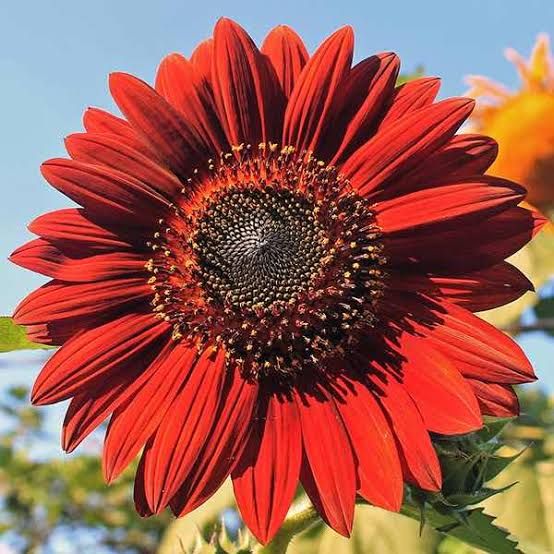
source
Cost of Production
The cost of cultivating sunflowers includes expenses for seeds, fertilizers, pesticides, labor, and equipment. Efficient management and adopting cost-effective practices can help minimize these costs and maximize profits.
Value-Added Products
Farmers can increase their revenue by producing value-added products such as sunflower oil, roasted seeds, and bird feed. Processing sunflower seeds into oil, for example, can significantly increase the market value of the crop.
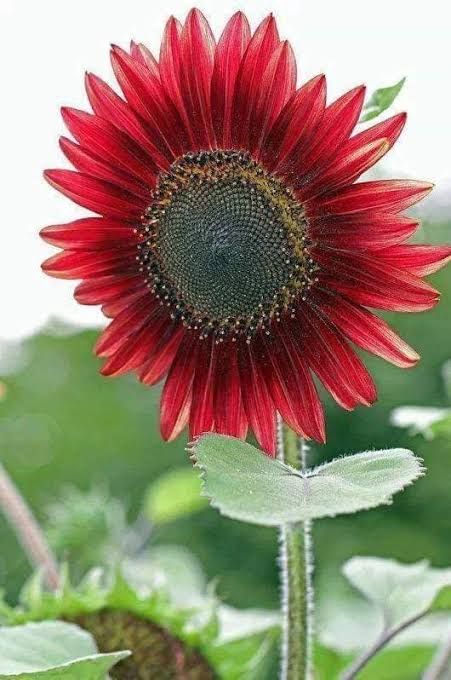
source
Uses of Sunflowers
Sunflower Oil
One of the most significant uses of sunflowers is for the production of sunflower oil. This oil is widely used in cooking and food processing due to its light flavor and high smoke point. It is also used in the cosmetic and pharmaceutical industries for its moisturizing properties.Edible Seeds
Sunflower seeds are a popular snack, rich in vitamins, minerals, and healthy fats. They are consumed raw, roasted, or as an ingredient in various food products such as granola bars, salads, and baked goods.Animal Feed
Sunflower meal, a byproduct of oil extraction, is used as a high-protein animal feed. It is particularly valuable in poultry and livestock diets.Biodiesel
Sunflower oil can be used to produce biodiesel, an alternative to fossil fuels. This renewable energy source is gaining attention as a sustainable and environmentally friendly fuel option.Ornamental Uses
Sunflowers are widely grown as ornamental plants in gardens and landscapes. Their tall, vibrant blooms add visual appeal, and they are often used in floral arrangements.Environmental Benefits
Sunflowers play a role in phytoremediation, the process of using plants to clean contaminated soil. They can absorb heavy metals and toxins from the soil, helping to improve soil health and reduce pollution.
Sustainable Cultivation Practices
Crop Rotation
Practicing crop rotation by alternating sunflowers with legumes or other crops can help improve soil fertility and reduce pest and disease pressures.
Organic Farming
Adopting organic farming practices, such as using organic fertilizers and natural pest control methods, can enhance the sustainability of sunflower cultivation and appeal to health-conscious consumers.
Conservation Tillage
Conservation tillage methods, which minimize soil disturbance, help maintain soil structure, reduce erosion, and improve water retention.
Water Management
Efficient water management through drip irrigation or other water-saving techniques can reduce water usage and ensure that crops receive adequate moisture.
source
Sunflowers are a versatile and profitable crop with numerous uses, from oil production to environmental remediation. By understanding and implementing effective cultivation methods, farmers can maximize their yields and profits. Sustainable practices such as crop rotation, organic farming, and conservation tillage not only enhance productivity but also contribute to long-term environmental health. The growing demand for sunflower products presents an excellent opportunity for farmers to capitalize on this vibrant and resilient crop.
